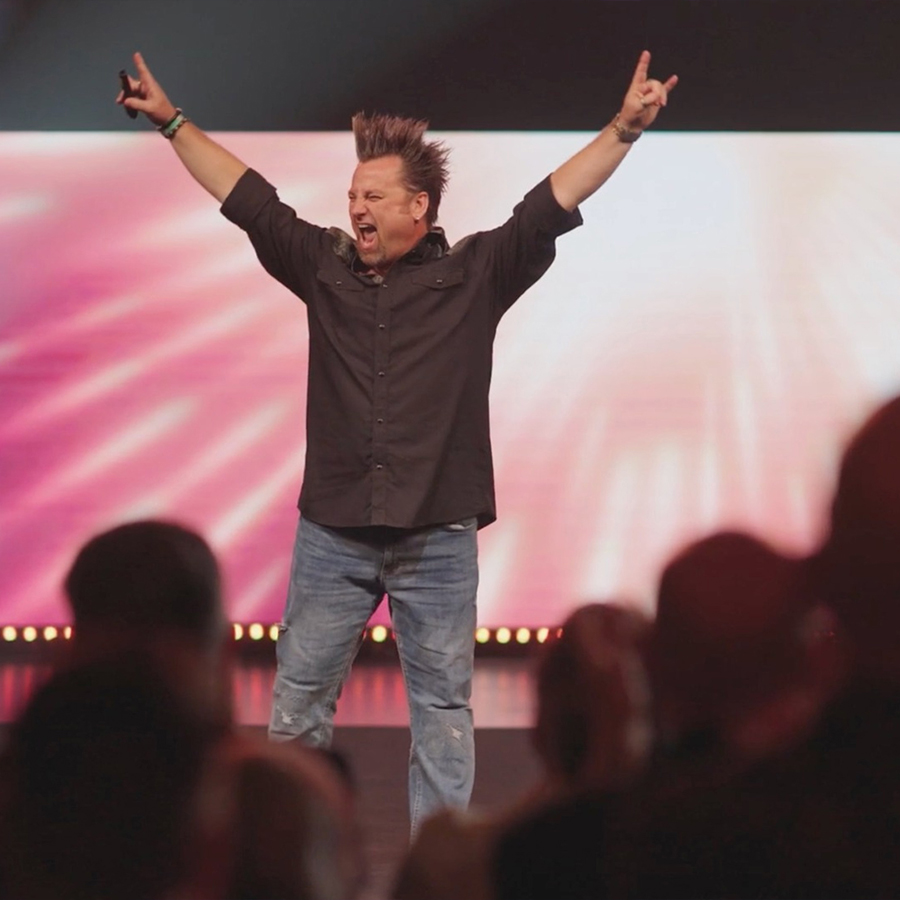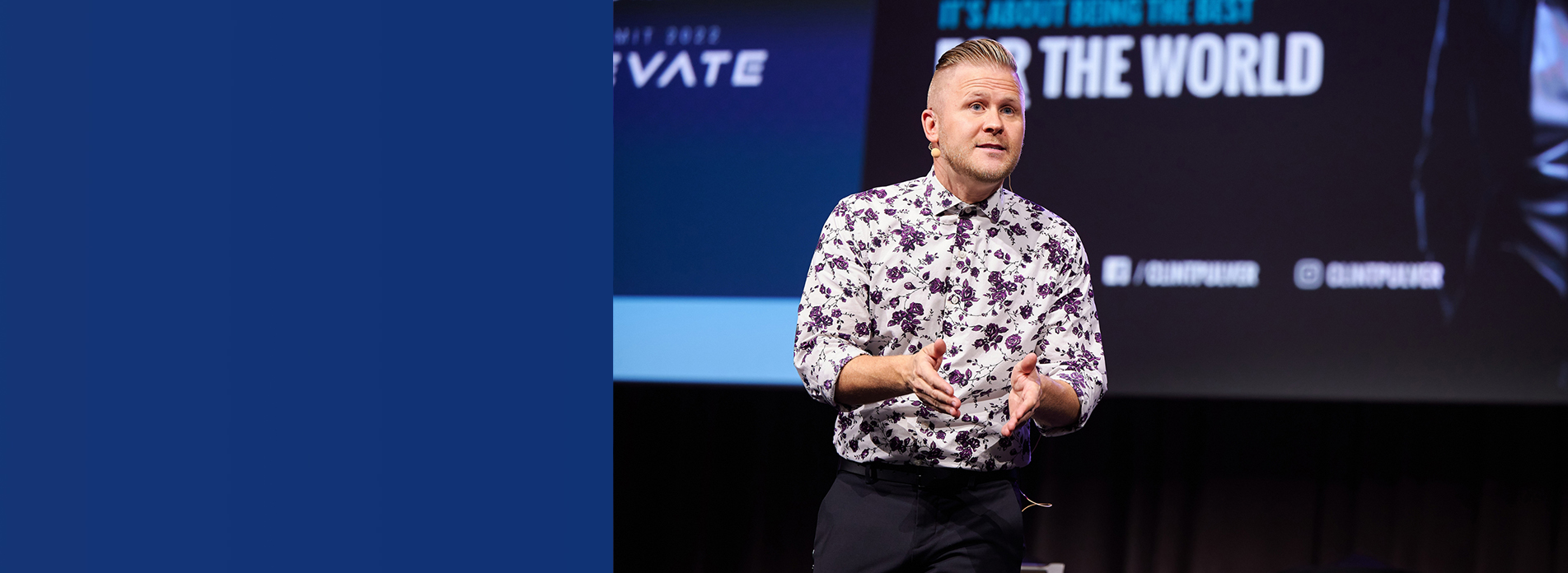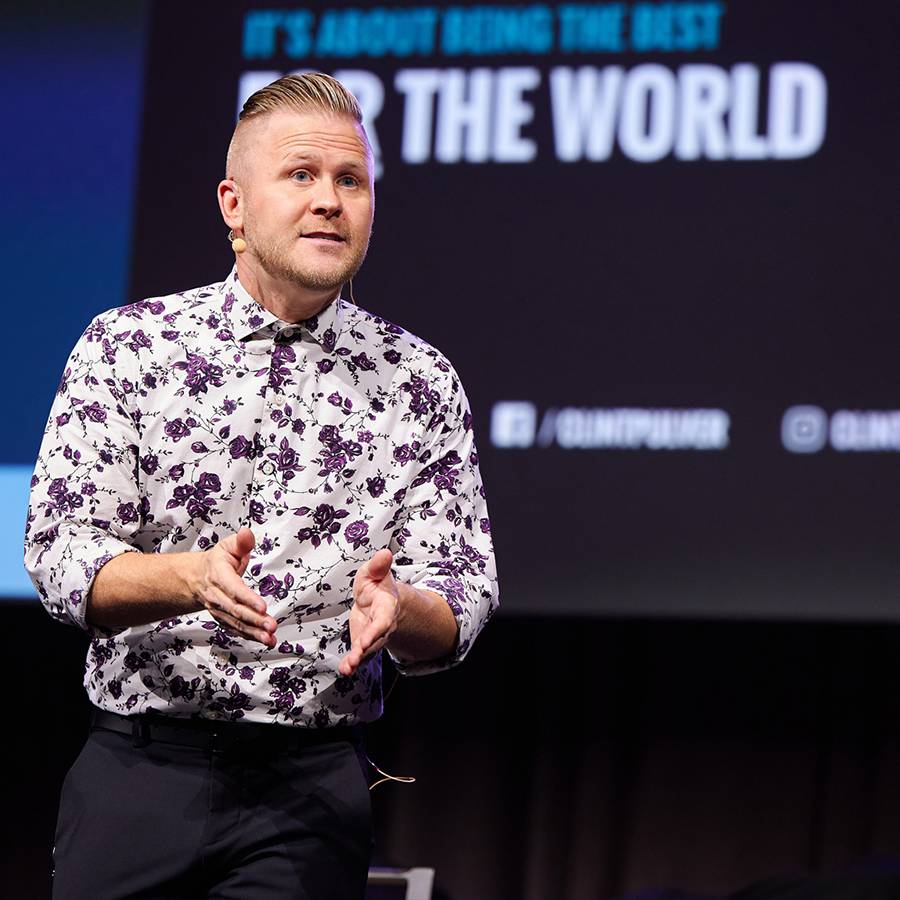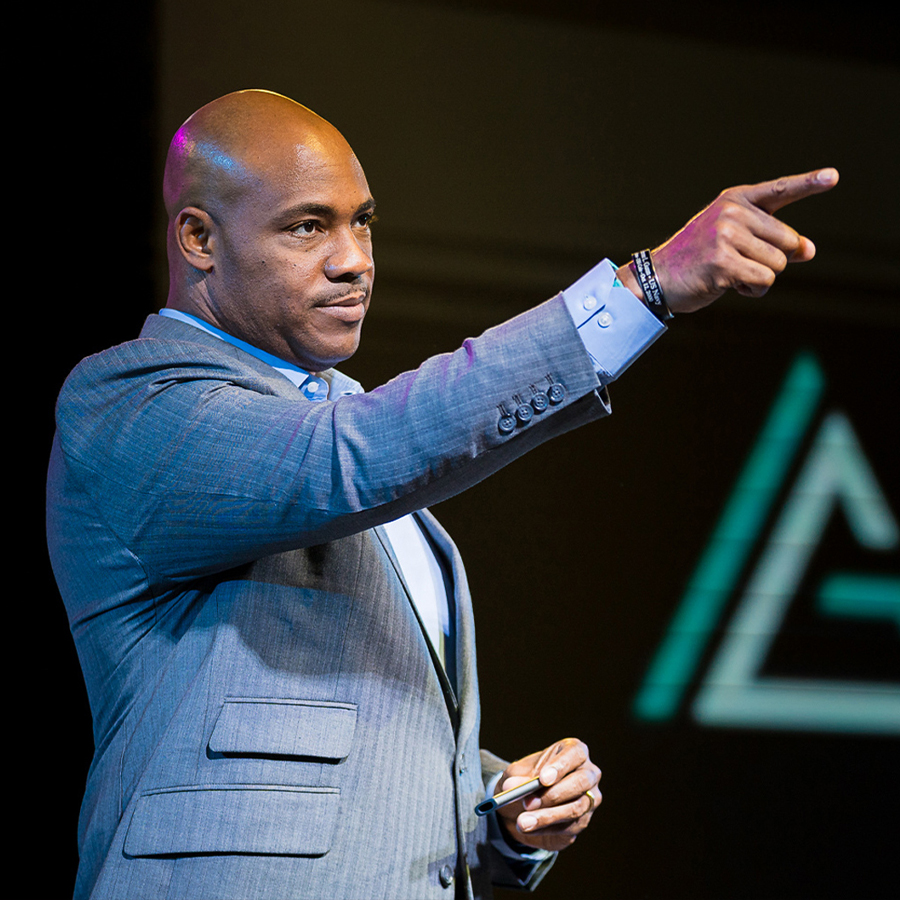Since 2006, Craig has led Huron’s speaking team. He also co-led the organization’s journey to become a recipient of the Malcolm Baldrige National Quality Award in 2010. In addition to his full-time work with Huron, he serves as faculty for the American College of Healthcare Executives (ACHE).Craig’s career has been a blend of operational leadership and hands-on experience in the field. As a result, he’s been able to use within the company the same Evidence-Based LeadershipSM principles Huron teaches its partners.
He’s seen firsthand the power of hardwiring a handful of practices that align goals, behaviors and processes, evidenced by Huron’s employee engagement and customer loyalty, both ranked in the top 1% nationally Craig’s fieldwork focuses on partnering with senior leadership to achieve breakthrough, sustainable transformation. He is an author of numerous articles in healthcare publications, as well as a book on engagement, and speaks to tens of thousands of leaders annually.
Prior to joining Huron, Craig served in several capacities for VHA (now Vizient), including patient safety improvement and executive networking, connecting 2,000 nonprofit health system members across the nation.Born and raised in New Orleans, Craig received two bachelor’s degrees from Louisiana State University. He received a master’s degree in healthcare administration from the University of Minnesota. Craig now lives in Pensacola, Florida, where he has served on the quality committee of his local health system. He is married to Julie and is the proud father of Sam and Jack.











